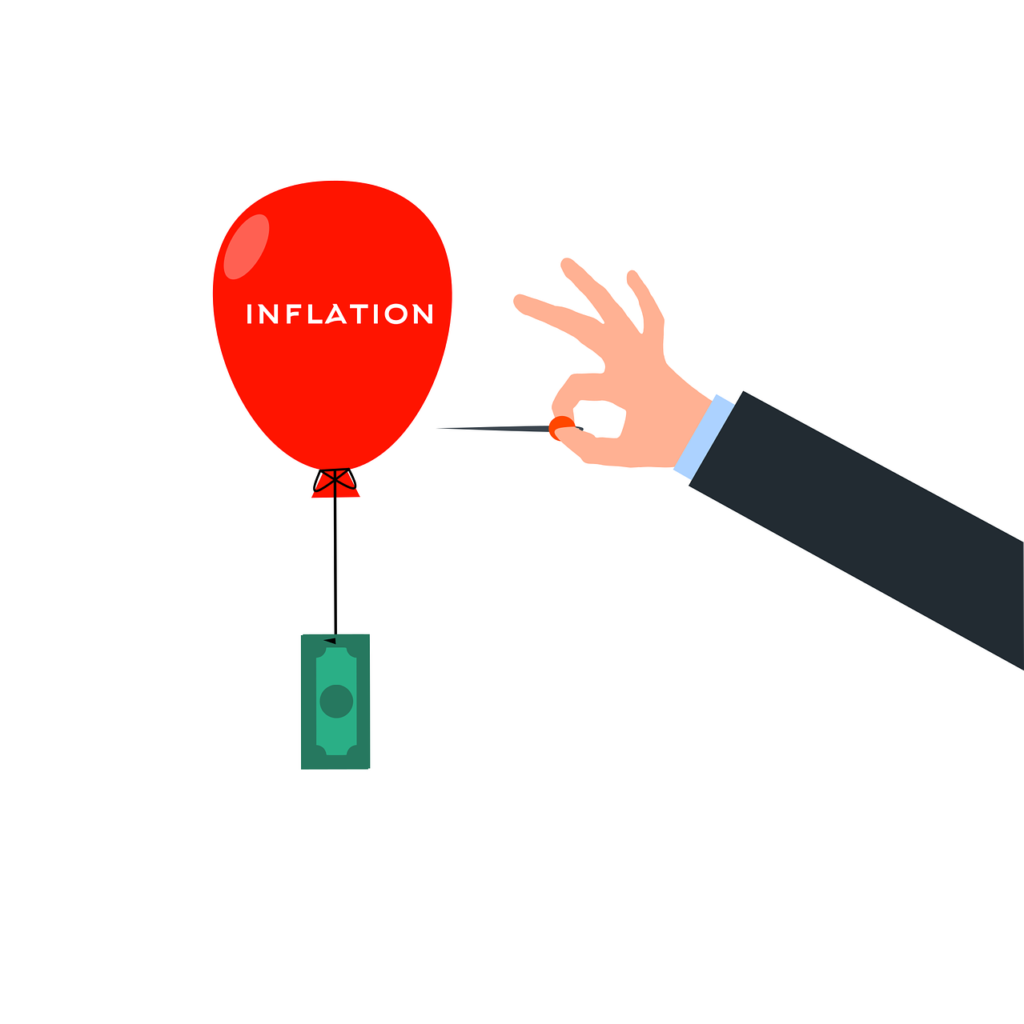Say Goodbye to the Casino: Why You Need To Invest and How To Get Started

This past weekend, I was at a graduation party and got into a discussion about sports gambling with some friends and family. One individual recently wagered $500 on the 2023 Home Run Derby, betting that the longest home run would exceed 487 feet. By a slim margin of 4 or 5 feet, he lost. To me, this bet seemed reckless—too much money at stake for something that’s largely random.
When I asked him about investing, his response was, “No, but I’d like to learn more. Isn’t investing just like gambling though? It’s not a sure thing.” His words stuck with me, reminding me that many people out there don’t know how to begin investing. Worse yet, they equate it to gambling.
I realized then that I had to address this misconception. So caught up in my world of investing, I’d forgotten about those still uncertain about taking the first step, unsure of the reasons to invest, and viewing the process as mere gambling. So, let’s rectify that—let’s dive into how to get started in investing, and why it’s far from a gamble.
What is Investing?
Investing isn’t a synonym for gambling. At its core, investing means putting your money to work for you. By purchasing stocks, bonds, ETFs, real estate, crypto, and the like, you’re committing capital to an endeavor you believe will yield returns over time. This might mean buying shares in a publicly traded company, lending money to the government via bonds, or becoming a landlord by purchasing real estate.
Unlike gambling, where outcomes hinge on uncertainty and the thrill is short-lived, investing operates on a much longer timeline—potentially a lifetime. With investing, there’s a reasonable expectation of returns backed by research, market trends, and patience. For instance, the S&P 500 has returned an average of 14.80% annually over the past decade.
Of course, there are people who gamble within the stock market, purchasing a ‘hot’ stock and hoping for the best. But at that point, you’re not investing—you’re gambling. It’s crucial to understand the difference.
Understanding Inflation & Your Savings Account

Let’s get straight to the point: if your money is idling in a traditional bank account, you’re slowly losing wealth. Why? Inflation. Unless you’re living under a rock you’re familiar with the term ‘inflation’. Inflation signifies the rate at which prices for goods and services increase, which in turn, causes the buying power of your money to decrease. Those skyrocketing egg prices you’ve been grumbling about? That’s inflation at work.
To put it simply, if your money isn’t growing at the same rate as inflation—or better yet, outpacing it—you’re effectively losing purchasing power. For instance, the average inflation rate over the past 60 years hovers around 4%. Now, if all your money is lounging in a traditional bank account accruing less than 1% interest, inflation is undoubtedly winning the race.
Investing, on the other hand, allows you to aim for your money to grow at a rate that exceeds inflation, thereby preserving and enhancing your purchasing power. Remember how we mentioned the S&P 500’s impressive returns over the past decade?
Don’t get me wrong, having a bank account is essential for quick and easy access to your money. However, consider placing your savings in a high-yield savings account to better counteract inflation’s effects. That’s a smart money move right there.
The Power of Compounding Interest

Compound interest, dubbed the ‘eighth wonder of the world’ by Albert Einstein, allows your investment earnings to earn interest of their own. Let’s illustrate this with an example:
If you invest $1,000 in the Vanguard S&P 500 ETF (VOO), and it returns 10% in the first year, your investment grows to $1,100. In the second year, your 10% return is based on this new total, giving you $110 and taking your investment to $1,210. This ‘growth on growth’ is the power of compound interest.
Adding dividends to the equation can accelerate compounding. Many ETFs, like VOO, pay dividends. If reinvested, these dividends generate returns of their own, supercharging your investment’s growth. However, compounding requires time—the longer your money is invested, the more it can grow. So start investing as early as you can!
How to Start Investing
To get started you’ll need to open a brokerage account. A brokerage account is a type of financial account enabling you to buy and sell various investment products, such as stocks, bonds, mutual funds, crypto, etc.
Think of it as a bank account, but instead of holding cash, it holds your investments. A brokerage firm manages this account, serving as the intermediary between you, the investor, and the stock market. Want to purchase a stock? Place your order through your brokerage account. The brokerage firm then executes the trade on your behalf.
How to Open a Brokerage Account: Step-by-Step Guide
Opening a brokerage account is a straightforward process. The critical first step is selecting a firm that suits your needs. Once you’ve done that, you’ll provide some personal information, deposit funds, and then, you can finally begin investing. Here’s a quick breakdown on how to get started.
- Choose a Brokerage Firm: Consider the firm’s reputation, fees, available investment options, customer service, and user interface. Some popular firms today include Charles Schwab, Fidelity, E*TRADE, and Robinhood.
- Fill Out the Application: Here, you’ll provide your name, address, social security number, employment information, and financial details. The brokerage firm uses this information to set up your account and comply with regulations.
- Fund Your Account: After your application is approved, you’ll need to deposit money into your account, typically done by transferring funds from a bank account.
- Start Investing: With your account funded, you’re all set to buy and sell investments. However, don’t make any moves until you have a clear plan and a firm grasp on your investor identity
By understanding what a brokerage account is and how to open one, you’re on your way to becoming a stock market investor. Let’s quickly dive into some strategies for buying your first stock.
Practical Strategies for Buying your First Stock

A Brief Introduction to ETFs & Index Funds
ETFs: ETFs and index funds offer a beginner-friendly way to diversify your portfolio. ETFs, or exchange-traded funds, are securities that track an index or sector and can be traded like stocks. Say you’re interested in technology stocks but don’t know which ones to buy; you can purchase an ETF like XLK, which gives you exposure to multiple tech stocks, including Microsoft and Apple.
A great starting ETF for beginners is the VOO, which provides exposure to the S&P 500. Index funds, on the other hand, are mutual funds that mimic a specific index, offering broad market exposure. The main difference is that ETFs can be traded throughout the day, while index funds trade once at the end of the day. Although ETFs often have lower fees and are more flexible than index funds, both make for solid starting points.
Blue Chip: Blue-chip stocks are shares in industry-leading companies known for their financial stability. Think of them as the blue poker chips with the highest value. They may not always offer the highest growth potential, but they typically provide steady returns and often pay dividends. Companies like Apple, Microsoft, and Coca-Cola are examples of blue-chip stocks. As industry leaders, these stocks make great starting points because they’re proven performers.
Final Word
As we wrap up this discussion remember that investing is not gambling, and you can’t get going unless you take that first step. Even if it seems complex it’s the start of a journey that can significantly shape your financial future. Investing is about patience, strategy, and long-term growth, not just numbers and charts.
For a complete guide on how to get started in the stock market and thrive, subscribe below to download my free e-book, “The Ultimate Beginner’s Guide to Buying Your First Stock.” It’s packed with actionable tips and strategies to help you navigate your first investments with confidence. Take the next step toward building your financial future today!